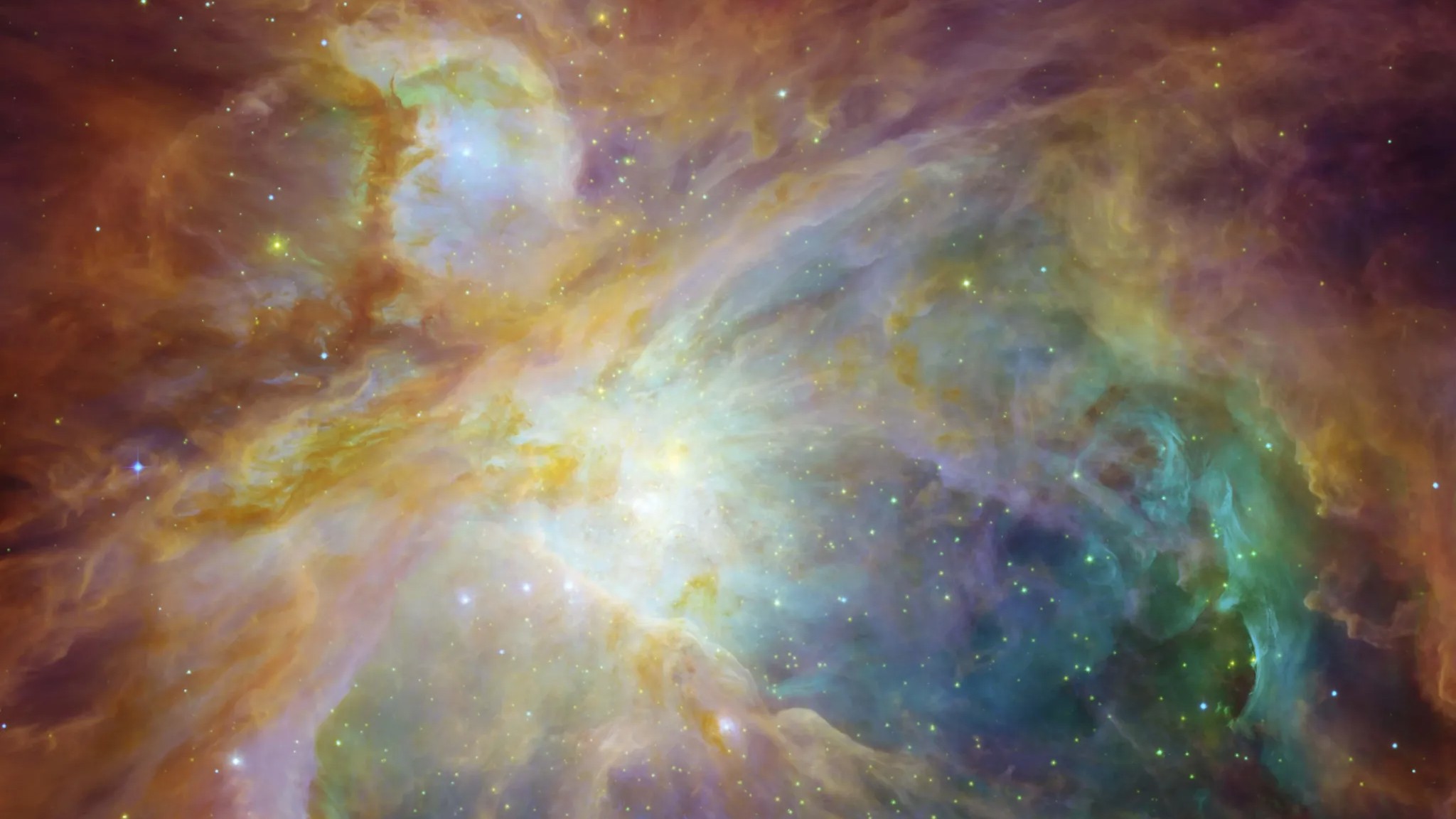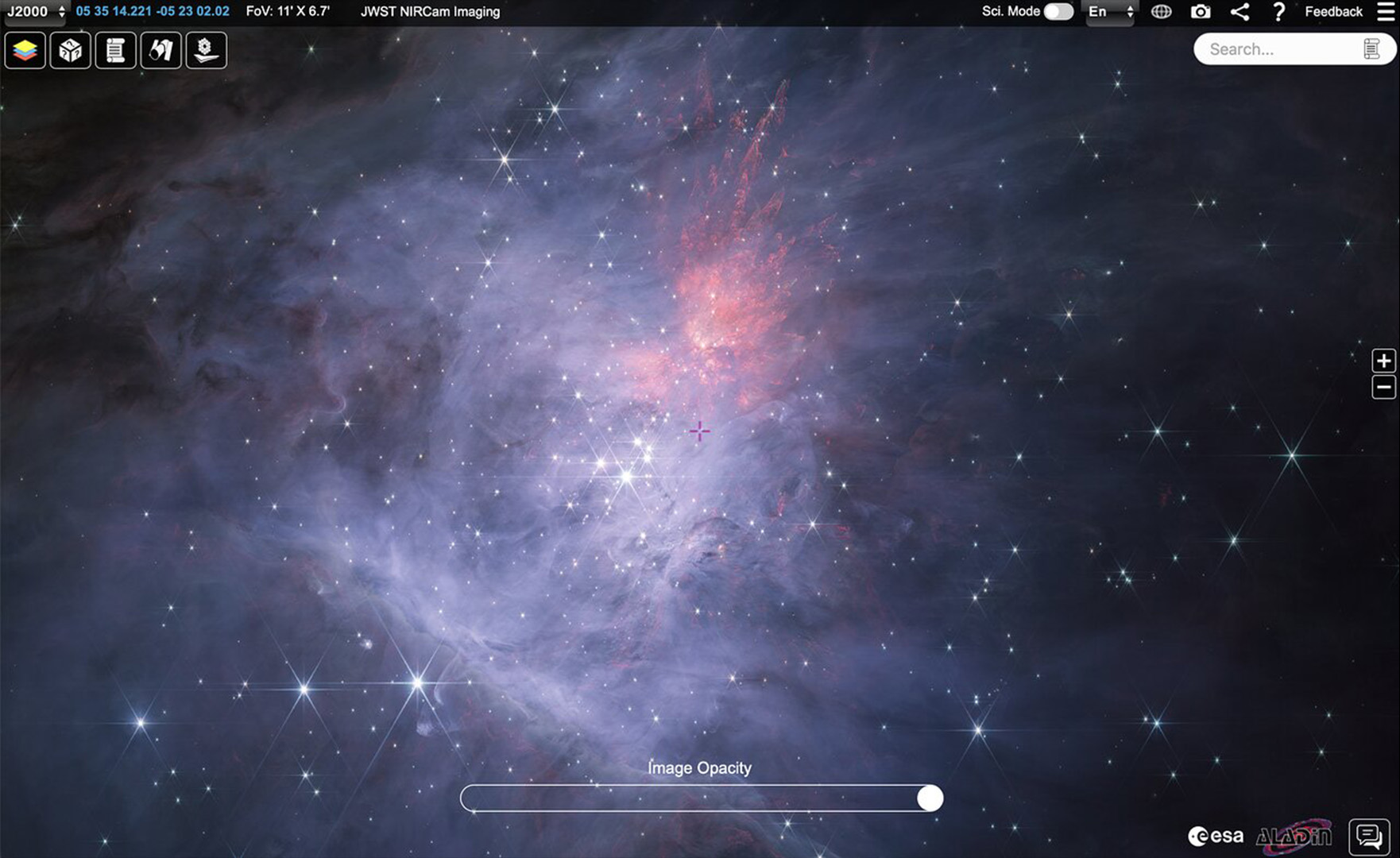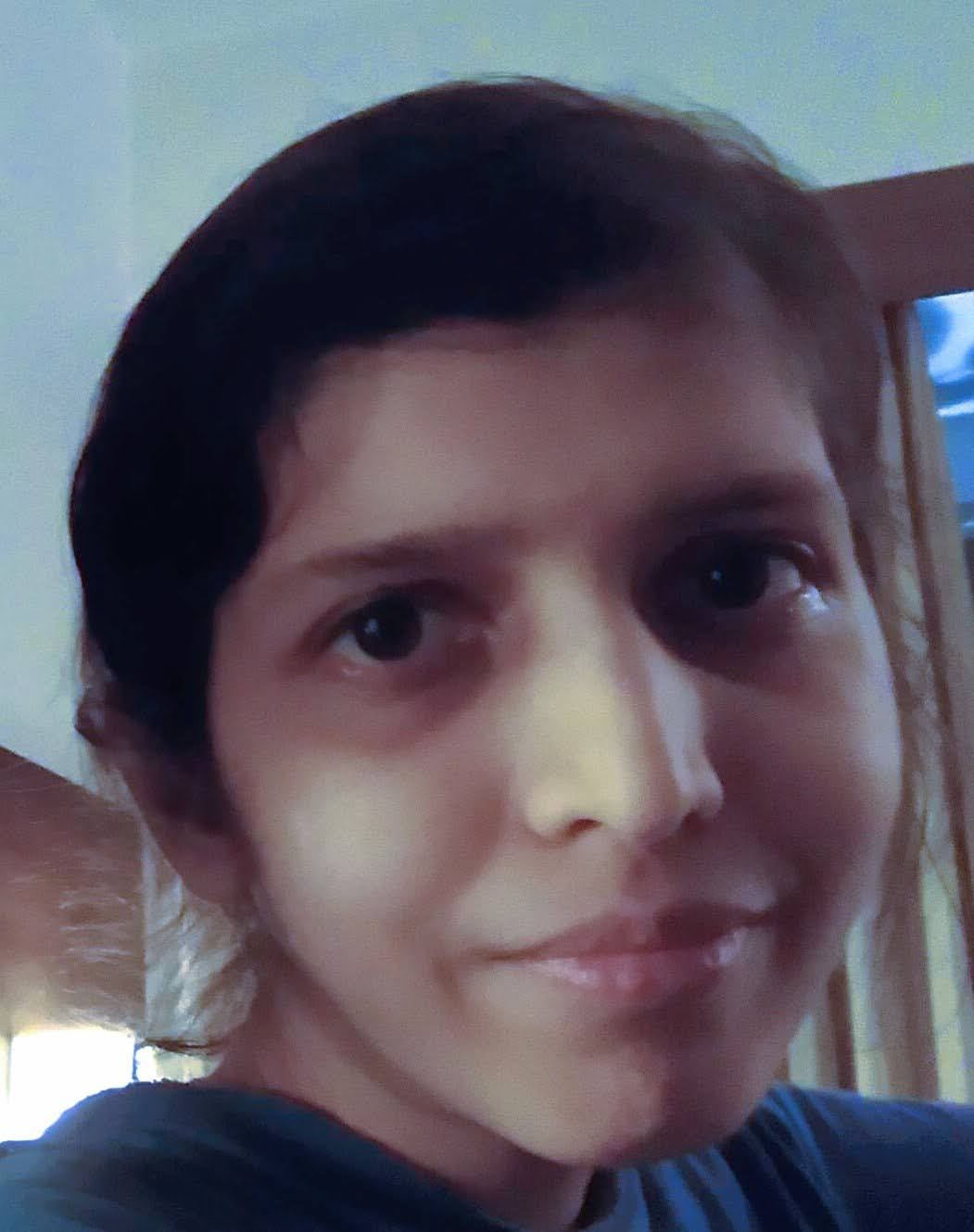Hundreds of mysterious 'rogue' planets discovered by James Webb telescope may finally have an explanation

The mystery behind hundreds of strange, free-floating planets detected by the James Webb Space Telescope (JWST) may be a step closer to being solved.
Many "rogue" planets, which lack a parent star, lurk in the cosmos. These free-floating planets (FFPs), including pairs of Jupiter-size worlds that orbit each other, are mysterious to scientists. But a new study likely rules out one way these so-called Jupiter-mass binary objects (JuMBOs) could have formed.
Astronomers discovered FFPs more than 20 years ago, using the United Kingdom Infrared Telescope in Hawaii. Since then, observers have spotted hundreds of such rogue astronomical bodies, and they reeled in their biggest catch last year. This haul, detected by the powerful JWST, consisted of more than 500 free-floating planets in a trapezoid-shaped expanse of the Orion Nebula, a stellar birth hotspot.
Notably, 80 of these worlds, which are between 0.7 and 13 times the mass of Jupiter, formed pairs of planets that orbit each other.
Related: 35 jaw-dropping James Webb Space Telescope images
These enigmatic entities have puzzled the astronomy community. For one thing, exactly how JuMBOs — and more generally, FFPs — form is a mystery. One idea is that such planets, paired or otherwise, form when clouds of gas and dust collapse under their own gravity. That's like a scaled-down version of star formation.
Another hypothesis is that such planets are pulled away from their closely packed parent planetary systems by the gravitational force of a particularly large object, like a passing star.
Sign up for the Live Science daily newsletter now
Get the world’s most fascinating discoveries delivered straight to your inbox.
"Stellar flyby is one of the ways to produce [FFPs]," Dong Lai, a professor of astrophysics at Cornell University and senior author of the new study, told Live Science by email. In fact, following the discovery bonanza last year, another research team calculated that JuMBOs were about one-fifth as likely as other FFPs to be scooped away from their parent stars by a passing star.

To figure out which process formed JuMBOs and other FFPs, Lai and Fangyuan Yu, a student at Shanghai Jiao Tong University in China, created tens of thousands of simulations of a planetary system that contained a pair of Jupiter-mass planets orbiting a sunlike star.
In every simulation, the researchers allowed a second, similarly sized star to swoop by, and they calculated the fraction of simulations in which both planets got kicked out of orbit. In all of the simulations, Lai and Yu tweaked several parameters, such as the planets' masses, their relative separation and the flyby star's velocity relative to the parent star to figure out how these factors affected how often JuMBOs were ejected.
They found that JuMBOs were more likely to form if the planets were initially orbiting close to each other or if they were up to 4 times as massive as Jupiter. But even in the highest-probability scenario, the odds of paired planets being kicked out simultaneously was still incredibly low — less than 1%.
In contrast, single planets were typically hundreds of times more likely to be kicked out during a stellar flyby, creating solitary FFPs. Indeed, Lai thinks such stellar visitors may have given birth to the Orion Nebula's FFPs. The simulations also showed that the lone surviving orbiters were pretty badly shaken, with their initially circular paths warped into ellipse-shaped trajectories.
Lai and Yu's results, which have not yet been peer-reviewed, have been submitted to The Astrophysical Journal and are available as a preprint via arXiv.
Lai and Yu believe their research makes the cloud-collapse model a much more likely explanation for how JuMBOs formed. In any case, Lai views the simulations as a sort of physics experiment that can aid future observations by telescopes such as the Vera C. Rubin Observatory, which is under construction in Chile.
For example, the results of their simulations will be useful for understanding what happens to planetary systems in dense star clusters and for identifying exotic planetary systems such as captured planets, Lai said.

Abha Jain is a freelance science writer. She did a masters degree in biology, specializing in neuroscience, from the Indian Institute of Science, Bengaluru, India, and is almost through with a bachelor's degree in archaeology from the University of Leicester, UK. She's also a self-taught space enthusiast, and so loves writing about topics in astronomy, archaeology and neuroscience.










